Why Growth Spurts Need Orthopedic Checkups
Why Growth Spurts Need Orthopedic Checkups Growth spurts are exciting milestones in a child’s life. It’s when kids shoot up in height, their clothes stop fitting overnight, and their energy levels seem endless. But behind these rapid changes, a lot is happening inside their bones, joints, and muscles—making it a crucial time to watch for developing orthopedic issues. Understanding Growth Spurts Growth spurts typically occur: During this time, bones grow quickly, and muscles, tendons, and ligaments try to keep up. This mismatch in growth can lead to imbalances, discomfort, or strain on the musculoskeletal system. Why Are Orthopedic Checkups Important? While most children grow without issues, some may experience problems that can go unnoticed until they cause pain or physical limitations. Orthopedic evaluations during growth spurts can help detect: These issues are often easier to correct when caught early during active growth periods. Conditions That Often Emerge During Growth Spurts What to Expect During an Orthopedic Checkup A pediatric orthopedic specialist will: Early Checkups Lead to Healthier Growth Just like dental or vision checkups, orthopedic evaluations should be a part of your child’s routine health care—especially during key growth stages. Addressing small issues now can prevent bigger problems later. Supporting Healthy Growth Starts with Expert Care If your child is going through a growth spurt, now is the time to schedule an orthopedic checkup with Dr. Nargesh Agrawal at Child OrthoCare. Early care supports better posture, movement, and confidence. Address:C-7, Ground Floor, D- Park, Model Town -3, New Delhi 110009 Phone: +91 88517 77145













